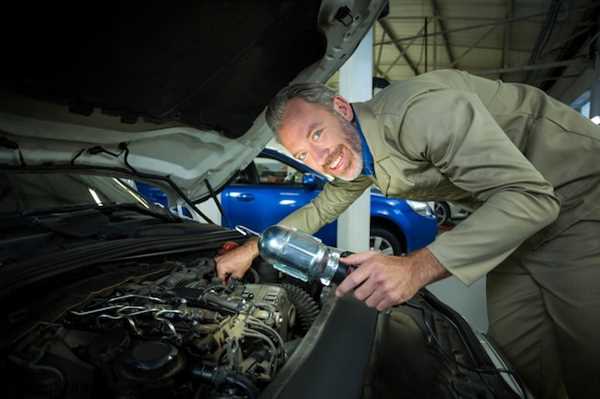
Regular maintenance is critical. Adhere to the manufacturer’s schedule for oil changes, using quality synthetic oil to reduce friction and improve efficiency. Check the oil level frequently, as this is essential for smooth operation.
Temperature control plays a significant role. Always monitor the cooling system, ensuring that coolant levels are adequate and inspecting the radiator for leaks. Overheating can lead to severe damage, so address any cooling issues promptly.
Invest in high-quality fuel and clean the fuel system regularly. Impurities in fuel can cause engine knock, resulting in performance degradation. Consider using fuel additives that maintain cleanliness and optimize combustion.
Physical aspects should not be overlooked. Regularly inspect belts and hoses for wear and tear, replacing them as necessary. A minor failure in these components can lead to major mechanical problems, so proactive care is key.
Lastly, driving habits significantly influence longevity. Avoid excessive acceleration and hard braking, which can strain various systems. Smooth driving not only conserves fuel but also reduces wear on critical components.
Regular Oil Changes and Quality Oil Selection

Perform oil changes every 5,000 to 7,500 miles for optimal performance of high-performance machines. Utilize synthetic oil for its superior protection and longevity compared to conventional options.
Choose oil that meets the manufacturer’s specifications, focusing on viscosity ratings such as 5W-30 or 10W-40. High-quality brands like Mobil 1 or Royal Purple offer excellent protection under high temperatures and severe driving conditions.
Monitor oil levels regularly. If the oil appears dark or gritty, it’s time for a change. Avoid cheap alternatives; they may save money short-term but can lead to costly repairs in the long run.
Replace the oil filter with each change to ensure clean circulation. Neglecting this can trap contaminants, increasing wear on internal components.
Consider using an oil analysis service to track oil condition and performance. This proactive step can help you formulate a maintenance schedule tailored to your specific vehicle and driving habits.
Monitoring Engine Temperature and Cooling System Maintenance

Regularly check temperature gauges and alert systems to prevent overheating. Keep an eye on the coolant level and top off with the recommended fluid to ensure proper function.
Inspect hoses for cracks or leaks, as these can lead to significant temperature fluctuations. Replace worn or damaged parts to maintain optimal cooling performance.
Flush the cooling system at intervals suggested by the manufacturer. This removes debris and prevents buildup that may hinder heat transfer.
Consider upgrading to a high-performance radiator for improved heat dissipation in high-stress situations. This can enhance reliability during spirited drives.
Monitor the thermostat’s operation. A stuck thermostat can impede coolant flow, leading to overheating. Replace it if signs of malfunction appear.
Use a quality coolant that matches vehicle specifications. This can enhance the overall functionality of the cooling system and protect against corrosion.
Regular maintenance inspections by a qualified technician can help pinpoint any potential issues before they escalate. Address any abnormalities immediately for optimal care.
Proper Driving Habits to Reduce Engine Wear
Accelerate gradually. Rapid acceleration puts excessive strain on the components and can lead to premature deterioration. Smooth transitions in speed enhance longevity.
Avoid high revs, especially before the engine warms up. Keeping RPMs low during initial driving stages prevents unnecessary friction and damage.
Use engine braking when possible. Shifting to a lower gear to slow down reduces brake wear and helps in maintaining optimal performance.
Maintain a steady speed on highways. Consistent driving reduces stress on mechanical parts. Frequent speed changes can lead to excessive wear.
Limit short trips. Frequent cold starts contribute to engine wear. Allow the vehicle to reach optimal operating temperature before pushing it hard.
Ensure a well-tuned performance. Regular servicing, including timely oil changes and checks of all fluids, supports efficient functionality.
Mind the load. Overloading a vehicle can lead to additional stress on various components, including the drivetrain.
Be mindful of road conditions. Sudden bumps or potholes can adversely affect the suspension and alignments, indirectly impacting overall performance.
Practice smooth cornering techniques. Abrupt steering maneuvers put additional strain on the drivetrain and tires, potentially leading to increased wear.